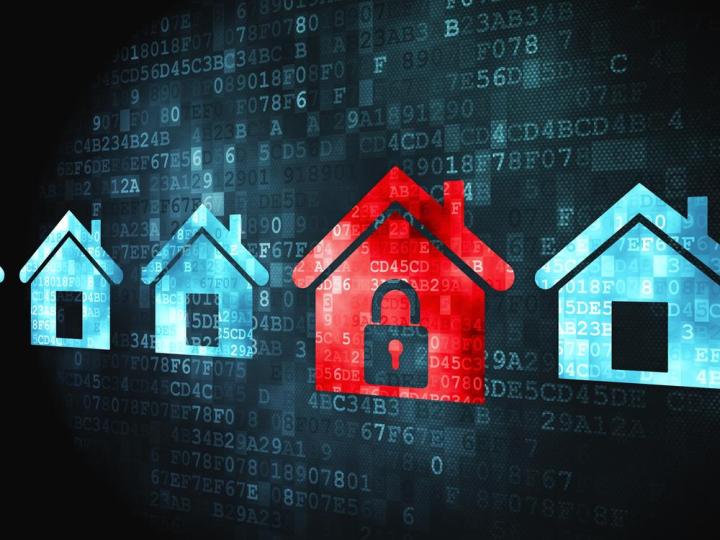
1. Use the WPA2 protocol for your network
When setting up your wireless network, you’re typically given the option of using Wired Equivalent Privacy (WEP), Wi-Fi Protected Access (WPA), or Wi-Fi Protected Access II (WPA2). Go with the latter, and if your network is already set up on a different protocol, change it. WEP is weak and easy to crack, and while WPA2 definitely isn’t perfect, it’s still vastly more secure than WEP.
2. If possible, create two different Wi-Fi networks
If you’ve got a dual-band router, put it to good use and create separate networks for all your “Internet of Things” gizmos and the devices you use to pay bills, do your banking, and store sensitive information. This way, if a hacker gains access to, say, your network-connected light bulbs, he can’t use that connection as a gateway to your other network, and therefore won’t have access to your important data.
3. Give your network an obscure name
Don’t leave it on the default name your router gives it when you first set everything up, and for god’s sake, don’t name it “[your name) network” or anything along those lines. Anything that matches your identity to your network could potentially give attackers a leg up in breaking through your security. Try to think of something that will make your home/network less appealing to a hacker — perhaps something like 2ndAmendment4Life or NSA Surveillance Van.
4. Use a strong password
We cannot stress this enough. Definitely don’t use any of these most common passwords, or any permutation of them. A long string of random numbers, letters, and symbols is best. If you’re worried about forgetting it, write it down on a piece of paper and stick it on your fridge. For some extra pointers, check out our guide to making strong passwords, or this piece from Wired that offers some great insights into how some of the world’s most skilled password crackers operate.
5. Restrict guest network access
Just turn it off. This process will be different for different wireless routers, so if you’re unsure of how to do it, just consult Google. A query of “how to turn off guest network on [router brand/model]” should return helpful results, but if you can’t find anything, consult your user manual.
6. Turn on the firewall
Most computers come with firewall software pre-installed and activated by default, but its still worth checking to make sure. Check your network security settings, and if you don’t see anything about a firewall, download and install one immediately. If you’re unsure of which program to go with, check out our guide to the best free firewall software for PC and Mac.
7. Do an audit of all your connected devices
This one might take some time, but it’s definitely worth doing. Most networked gadgets — be they lightbulbs, refrigerators, or gaming consoles — include information about which ports, network protocols, and IP addresses they use. Just look online for each device’s support website, or consult the owner’s guide if you still have it. Once you know which connections a given device needs, jump into your firewall and restrict its traffic to those ports exclusively. There’s no reason any device should have free and unfettered access to all of the Web. It’s also a good idea to dive into the device settings on your phone, tablet, computer, and anything else your IoT devices are connected to. Take a closer look at the permissions and make sure they’re airtight.
8. Update, update, update
Regular firmware updates are of the utmost importance, as they will keep your devices protected against known exploits and other potential vulnerabilities. Whenever possible, enable them to update themselves automatically when new firmware is made available, and when you can’t, set a recurring reminder on your calendar so you won’t forget to do it manually.
If you can take an afternoon to do all of this, your smart home should be in pretty good shape against hackers. If you want to go the extra mile, you can look into buying a Unified Threat Management system, but remember, you don’t necessarily have to be the most secure house in the world — you’ve just got to be more secure than the rest the people on your block. Assuming hackers will go with the path of least resistance and target houses with the lowest security, protecting your house is like running from a bear: you don’t have to be the fastest guy — you just don’t want to be the slowest.




